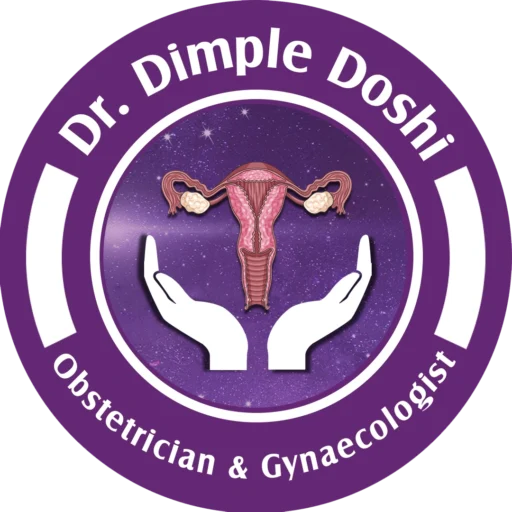Advanced Hysteroscopic Myomectomy in Goregaon West, Mumbai
Hysteroscopic myomectomy is mainly used for removal of submucous fibroids which are found inside the uterine cavity. While fibroids located within the uterine wall or on its outer surface cannot be removed with this technique.
Fibroids are the most commonly occurring non cancerous tumors on the uterus and are classified mainly in 3 parts; subserous ( on the outermost part ) intramural ( inside the wall ) and submucous ( inside the uterus cavity ).
Hysteroscopic myomectomy is an outpatient procedure and there will be no scars or cuts on the abdomen.
INDICATIONS OF HYSTEROSCOPIC MYOMECTOMY
- Heavy menstrual bleeding
- Infertility
- Miscarraige(s)
- Painful heavy periods
PREOPERATIVE PREPARATIONS
- You will be asked to carry all your investigation reports which include your complete blood count ; liver ,thyroid; kidney function tests and other preoperative tests and the x ray chest.
- You will be asked to stop the medications like estrogen containing medicines a month prior to surgery and also blood thinners like aspirin at least a week prior to surgery.
At the same time you will be asked to continue your thyroid; blood pressure and diabetes medications. - You will be asked to report any signs of illness in case you have it prior to surgery.
PROCEDURE OF HYSTEROSCOPIC MYOMECTOMY
- This procedure is done under general anesthesia in the operating room or when u are awake by office hysteroscope if the fibroid is small.
- The uterus is distended with normal saline.
- The fibroid is directly visualised after a tiny hysteroscope is inserted through your cervix.
With this procedure, fibroid(s) are removed using an instrument called a hysteroscopic resectoscope, which is passed up into the uterine cavity through the vagina and cervical canal. Standard resection uses an electrosurgical wire loop to surgically remove the fibroid. High frequency underwater bipolar current is used to resect the fibroid to maximise the safety of the patient.
POSTOPERATIVE PERIOD
- You will be in the recovery room for 2 hrs after you wake up from anesthesia. You may feel sleepy for next few hours after which you will be shifted to your room.
- You may have some discomfort in the area or you may feel tired for a few days after the procedure but with each passing hour you feel better.
- Contact your doctor immediately if pain does not go away or if it is associated with nausea and vomiting or any other problems.
RECOVERY AND DISCHARGE AFTER HYSTEROSCOPIC MYOMECTOMY
You will be asked to start taking clear liquids 1 hr after the surgery followed by light diet. You may be asked to walk around after you are out of the sedation.
Once your doctor is sure that you can walk without any giddiness due to anesthesia medicines; you will be discharged.
COMPLICATIONS OF HYSTEROSCOPIC MYOMECTOMY
As with any surgical procedure, there are associated risks and complications which include:
- Problems of anaesthesia
- Injury to internal organs
- Bleeding and infection
Any specific risks and complications will be discussed with you prior to the procedure.

